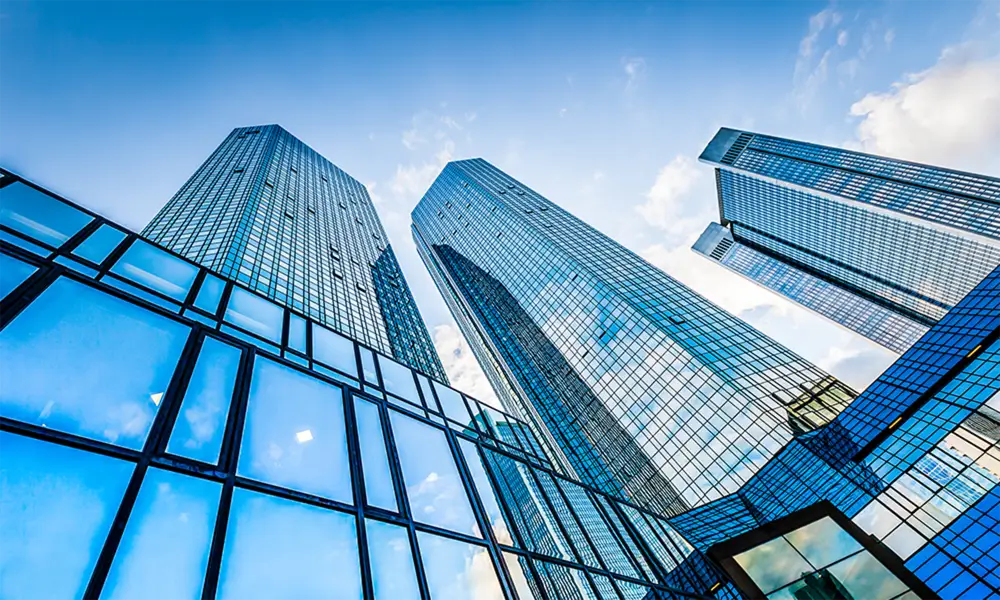

Low-E 272 glass, short for low emissivity glass, is an innovative material that has gained prominence in the construction and architectural industries due to its exceptional energy efficiency and thermal performance. The 272 designation refers to a specific type of low-E coating that reflects infrared light while allowing visible light to pass through, making it an ideal choice for both residential and commercial buildings.
In addition to energy savings, Low-E 272 glass enhances the overall comfort of indoor spaces. By preventing drafts and maintaining a stable indoor climate, it ensures a more pleasant atmosphere for occupants. Furthermore, its ability to filter UV rays helps protect furnishings, artwork, and flooring from fading, adding to the long-term value of properties.

Architecturally, Low-E 272 glass offers versatility in design. Available in various thicknesses and forms, it can be used in windows, doors, and curtain walls, making it suitable for diverse architectural styles. This flexibility, combined with its energy-efficient properties, makes it a preferred choice for green building certifications, such as LEED (Leadership in Energy and Environmental Design).
Moreover, Low-E 272 glass is a sustainable option, contributing to the reduction of a building's overall carbon footprint. By minimizing energy use, it plays a significant role in combating climate change and supporting sustainable practices.
In conclusion, Low-E 272 glass is a cutting-edge material that provides significant energy savings, enhances indoor comfort, and supports sustainable building practices. Its ability to blend functionality with aesthetic appeal makes it an invaluable asset in modern architecture, paving the way for greener and more efficient living spaces. As the demand for eco-friendly building materials continues to rise, Low-E 272 glass is poised to remain at the forefront of innovative construction methods.